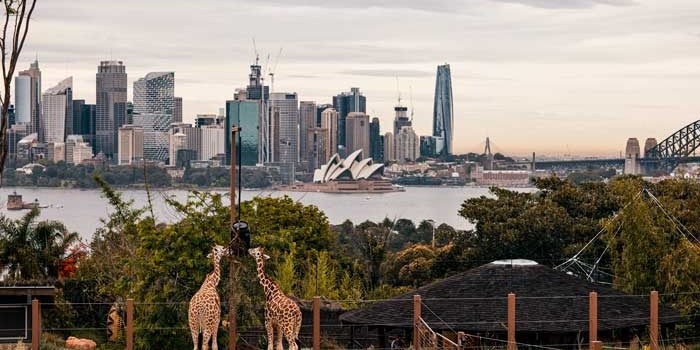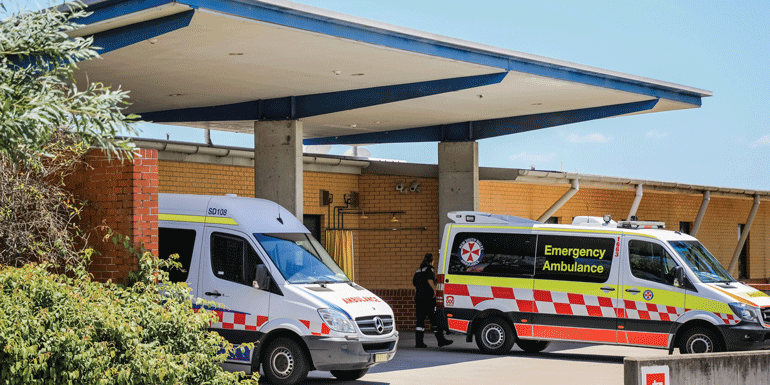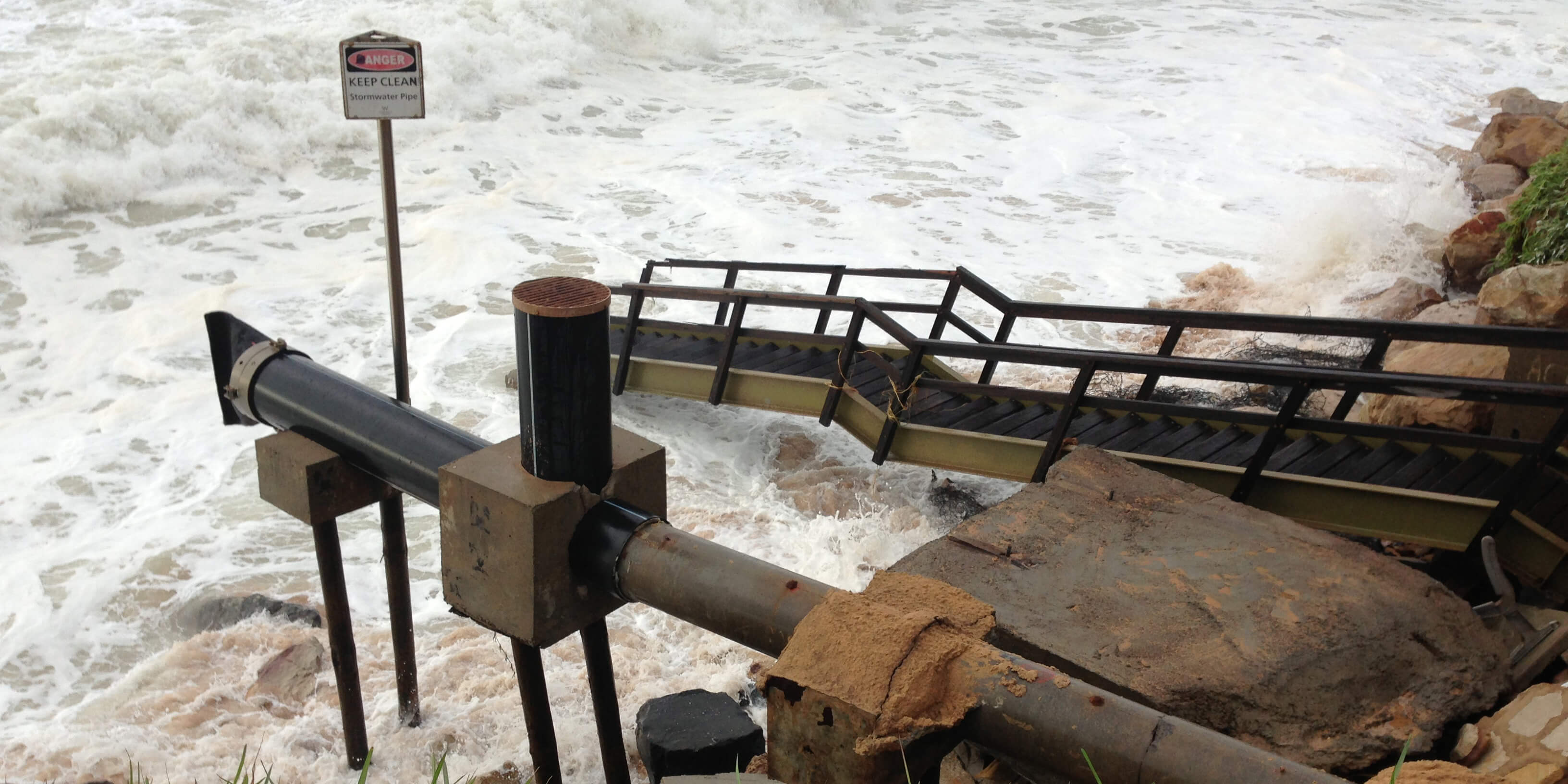About this case study
Sea level rise
Local government
Risk management, climate smart design
As sea levels rise, NSW councils are developing new tools to protect their infrastructure and local communities
It is critical we prepare for these changes. We do this by being prepared for what is to come and adapting the way we design and build our structures.
- Northern Beaches Council
Sea levels are rising and the early effects on NSW communities are being noticed through increasing frequency of tidal inundation.
Significant development and infrastructure along the NSW coast are vulnerable to sea level rise. Exposure assessments undertaken by the NSW government indicate some 74,750 properties and over 3000km of roads around estuarine foreshores may be exposed to inundation from storm surges if sea level rises by 1 metre. Additionally, some 4800 property lots could be impacted by coastal erosion by 2100.
Sea level rise is projected to accelerate over the 21st century. The most recent sea level rise projections are from the Intergovernmental Panel on Climate Change (IPCC) 6th Assessment Report. The IPCC predict a likely sea level increase on the central NSW coast of
- between 0.21m and 1.06m by 2100, and
- between 0.28m and 1.95m by 2150.
This is dependent on the level of future greenhouse gas emissions.

Part of the coastline vulnerable to sea level rise is in the Northern Beaches region, just north of Sydney.
Stretching from Manly to Palm Beach, the three-quarters of the peninsular is surrounded by water. About 270,000 people call this idyllic region home.
The Northern Beaches Council reported in 2019 that the “region will be exposed to various climate change impacts such as sea level rise, more intense storms and flooding, leading to increased risks to buildings and infrastructure.”
As part of its adaptation, the Northern Beaches Council created a tool to help asset managers assess the impact of climate change on infrastructure to the year 2100.
In partnership with the Institute of Public Works Engineering Australasia (IPWEA), the tool was trialled at four different sites that were considered vulnerable to the effects of climate change, including Collaroy Beach stormwater outlet, Mona Vale SLSC, Fairy Bower Public Amenities Building and Macpherson Street.
During the project, the Council sought feedback from project and asset managers, as well as staff from the Sydney Coastal Councils Group, a collaboration between nine NSW councils that neighbour marine environments and waterways.
The trial was a success and it resulted in the development of the Practice Note 12.1: Climate Change Impacts on the Useful Life of Infrastructure, which is now freely available nationally to all council asset managers by contacting IPWEA.
Ultimately, the tool will lead to more cost-effective investment in infrastructure that is designed and built with the effects of climate change in mind.
After the project finished, the Northern Beaches Council made positive adaptations to sea level rise at each of the trial sites, including:
- Designing a stormwater pipe for a new sea wall at Collaroy that better withstands storms and sea level rise;
- Using foundations at the Mona Vale SLSC that are resilient to sea level rise;
- Using materials at the Fairy Bower amenities block that can withstand coastal storms, and;
- Raising Macpherson Street, so communities are more able to evacuate areas that are at risk of flooding.
The Council is helping its local community adapt to the effects of climate change by increasing community education about climate risks, planning for emergencies, changing the use of land and upgrading the design of infrastructure.
We want to ensure that when we spend ratepayers’ money on public infrastructure we are doing it in a responsible and sustainable way by ensuring it’s built to withstand the test of time. These buildings, roadways, storm water pipes, seawalls etc. will stand for the next 50 to 100 years, so they need to be able to withstand the future impacts.
- Northern Beaches Council Council Administrator
Dick Persson
Related Information
Northern Beaches Climate Change Action Plan
Practice Note 12.1: Climate Change Impacts on the Useful Life of Infrastructure
This project was proudly funded by the NSW Government with support from Local Government NSW.
Case studies

Ensuring there’s enough water in the moat may not be a common challenge for those preparing for changing climate conditions.

In 2018, the Resilient Sydney Strategy was released to provide a pathway for resilience across the metropolitan area, including Penrith. It provides a framework for Penrith City Council to develop its own localised action plan, using local information.

Dr Ivan Hanigan leads a team of researchers investigating the impact of climate change on health in Australia using NARCliM regional climate projections. Their work looks at the future heat island effect in Australian cities, including the likely number of deaths caused by future heatwaves in Sydney.
